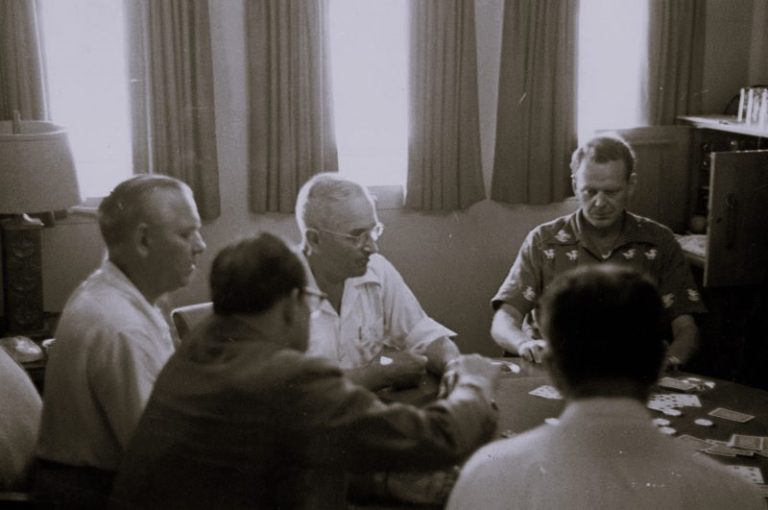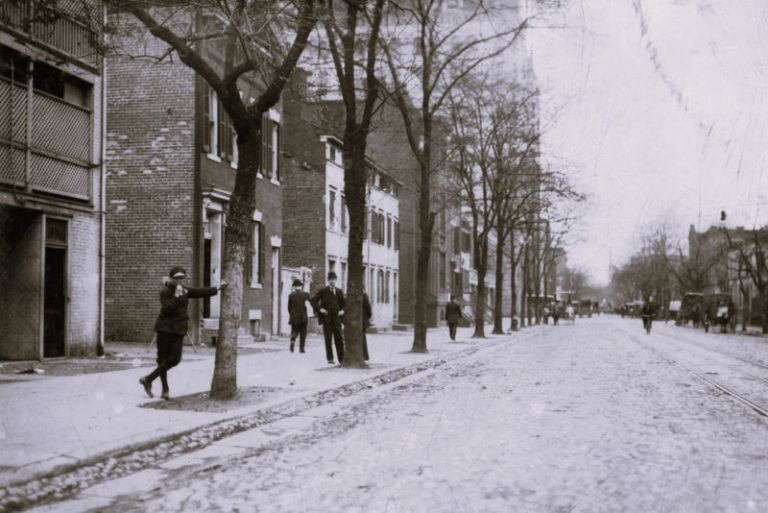
The U.S. commercial gambling sector experienced remarkable growth, with revenues of $79.61 billion in 2019, escalating to $98.1 billion in 2021. Projections for 2024 indicated an unprecedented peak of $105.60 billion, marking the most profitable period in America’s legal gambling history. This upward trajectory underscores the widespread appeal of gambling in the U.S., but it begs the question: What are the roots of gambling?
Here in this article, you will explore the rich tapestry of gambling’s evolution, from its earliest beginnings to the industry it represents today. And for those eager to join in on the excitement, make sure to check out the online casino reviews in the US to kickstart your gambling adventure with the most suitable option for you.
Ancient Beginnings of Gambling
Evidence from archaeological discoveries reveals that ancient societies in Egypt, China, Japan, and Greece engaged in chance-based games using dice and other methods as early as 2000 BC. These civilizations not only played these games but also devised methods of cheating, such as using loaded dice. The earliest known gambling tools, dice, were initially crafted from sheep bones, referred to as ‘knucklebones’.
Native American Beginnings
Gambling in America is a narrative woven deeply into the country’s cultural and historical fabric. You are going to delve into its origins, tracing the journey from Native American traditions to the colonial era’s influence, setting the stage for a pastime that has both fascinated and divided the nation.
Long before European settlers set foot on American soil, Native American tribes engaged in various forms of gambling. These activities were more than mere pastimes, they held significant cultural and spiritual value. Games of chance and skill were intertwined with tribal ceremonies and celebrations, often playing a role in social and political decision-making. For instance, tribes like the Navajo used gambling games as a way to teach children important life skills and cultural values.
One notable game, often cited as an early form of gambling in North America, is ‘stick dice’. Played by tribes such as the Zuni and Hopi, this game involved marked sticks thrown to the ground, with outcomes determined by the way these sticks landed. Such games were not only a source of entertainment but also a means of settling disputes and distributing wealth within the community.
European Influence and Colonial Gambling
The arrival of European colonizers introduced new forms of gambling to the continent. The settlers brought with them card games and lotteries, which quickly gained popularity. In the early colonial period, gambling was largely unregulated, reflecting the settlers’ view of it as a harmless leisure activity.
Lotteries, in particular, played a significant role in financing the early colonies. They were used to fund infrastructure projects, such as roads, bridges, and even institutions like Harvard and Yale. The Virginia Company, which established the first permanent English colony at Jamestown, was partly funded by a lottery held in England.
However, attitudes towards gambling began to change as American society evolved. Religious groups, especially the Puritans, viewed gambling as morally corrupt and a threat to the social order. As a result, many colonies started to impose restrictions and bans on certain forms of gambling. Despite these efforts, gambling persisted, often finding its way into the taverns and inns of colonial America.
Horse Racing and Gambling Expansion
Horse racing, introduced in the 17th century, became another popular form of gambling. By the 19th century, it had grown into a major pastime, with tracks established throughout the country. This period saw the emergence of professional gamblers and the beginning of organized betting systems.
The expansion of the frontier westward brought with it a new era of gambling. In the bustling towns of the Gold Rush, gambling became a pervasive activity, with saloons and gaming halls emerging as popular venues. Games like poker and blackjack became staples of the American gambling scene.
Throughout the 19th and early 20th centuries, gambling in America faced fluctuating legal statuses. The end of the 19th century saw a rise in anti-gambling sentiment, leading to widespread bans. However, these laws were often inconsistently enforced and did little to curb the popularity of gambling.
The legalization of gambling in Nevada in 1931 marked a significant turning point. This move laid the groundwork for the development of Las Vegas as the gambling capital of the world.
Adapting and Thriving: The Modern Gambling Industry
Today, the gambling industry in the United States is a robust, multi-faceted sector. Despite challenges like the COVID-19 pandemic, which led to temporary casino closures, the industry has shown remarkable resilience.
The traditional land based casino sector generated quarterly revenue of $12.30 billion, surpassing the previous rate of $12.26 billion in Q3 2022, and setting an all-time revenue record of $4.35 billion in March, 2023. This trend is part of an upward trajectory in the industry, with the Gross Gaming Revenue (GGR) hitting $60.42 billion in 2022, a notable increase from nearly $53 billion in 2021. These figures underscore the robust nature of the casino sector, even in the face of global economic fluctuations.
As the industry continues to evolve, it stands as a symbol of America’s innovative spirit and its enduring fascination with the game of chance.
Conclusion: A Legacy Continues
The history of gambling in America is a tale of contrasts—embraced for its entertainment value and economic potential, yet often shunned for its perceived moral implications. From the Native American traditions to the bustling casinos of Las Vegas, gambling has been a constant presence, reflecting the changing values and complexities of American society.


